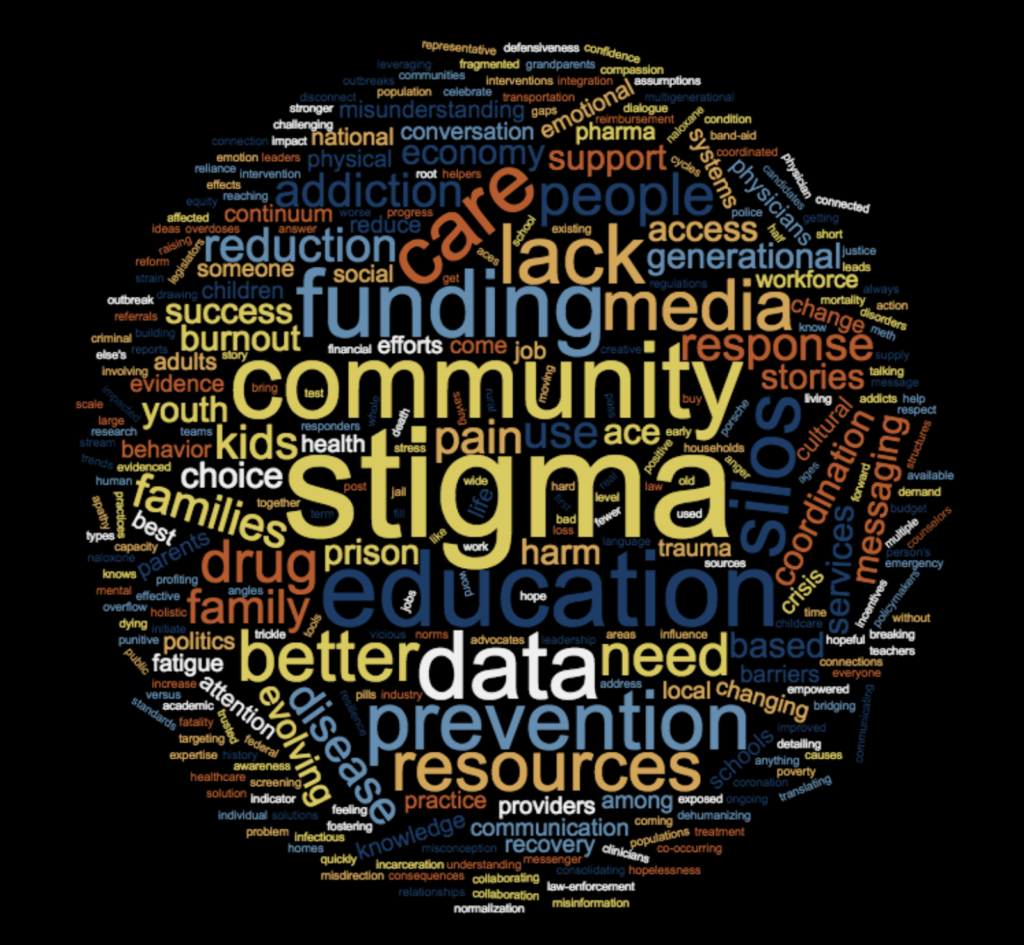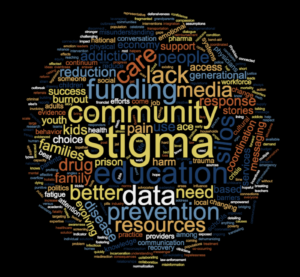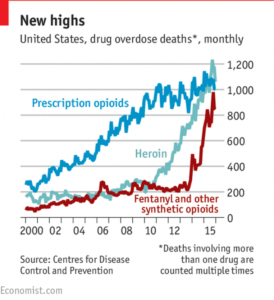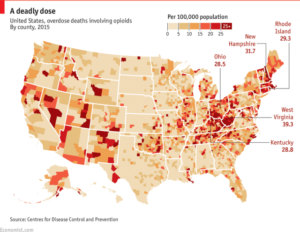Assessments for Local Opioid Epidemic Response Innovation

InSTEDD has begun efforts to support local public health and community responders in the opioid crisis. Discovery and assessment activities are ongoing to identify the local barriers to response and prioritize innovation opportunities to enhance capabilities of local responders to save lives and help communities break free from drug addiction.
SUMMARY
For the past twelve years InSTEDD has supported various projects for improved epidemic response worldwide, including efforts on Ebola, Malaria, HIV/AIDS and Bird Flu. Early in 2018 InSTEDD was asked to determine if its capabilities and experience could be applied to provide support to aid the local response to the US opioid crisis.
Since May InSTEDD has been exploring how innovation and open source technology might assist county level health officials and community coalitions working to respond to the opioid crisis. Activities for the assessment process have included research on existing context of response, consultations with federal and state officials, and workshopping with county health leaders from several of the hardest-hit counties in the USA.
Initial results of assessment efforts demonstrated that there are numerous opportunities for impact and improved response through the implementation and integration of digital technologies. As assessment progresses, future activities by InSTEDD will include building a consortium of partners to develop and deploy technology interventions, development of open source software and digital technology for the opioid crisis response, and capacity building of local responders for sustainable, long term use of innovations.
OPPORTUNITY FOR IMPACT
Opioids (including prescription opioids, heroin, and fentanyl) killed more than 42,000 Americans in 2016. Provisional data for 2017 from the CDC show no signs of the epidemic abating, with an estimate of more than 72,000 overdose deaths last year. Also, the total “economic burden” of prescription opioid misuse alone in the United States is $78.5 billion a year, including the costs of healthcare, lost productivity, addiction treatment, and criminal justice involvement.
Technology can help reduce barriers to care, increase access to information, and support collaboration with the various actors needed to treat opioid misuse disorders over the long term. However, community-level service providers face challenges in identifying, implementing and sustaining new ideas that could tackle the crisis. The opportunity for impact is to work closely with those on the front lines of the opioid crisis to find what is working, what is not, discover new ideas, design and deploy innovations, and implement training and capacity building for long term sustainability. A comprehensive assessment and early design phase is the foundation of this meaningful impact.
PROJECT ACTIVITIES
Assessment activities include:
- County Health Official and Opioid Response Coalition Interviews
- Desk Research on Opioid Crisis Impact and Response in Hardest Hit Counties
- Workshops for Experience Sharing and Challenge Discovery
- Consultation with Non-Governmental Groups Involved in the Epidemic Response
- Early Stage Solution Concept Design and Discussion with End Users
Through this work insights, challenges, and opportunities for innovation have begun to be identified for both quick impact wins and long-term change. In the months ahead, InSTEDD will be taking activities further.

(Click to enlarge) An example of opioid challenges being brainstorming by local county members during the event
ADDITIONAL MEDIA

Stigma, Data and Accessing Care: Preparing for a Fight Against the Opioid Crisis

Strengthening America’s Opioid Epidemic Response with Digital Technology
Images credit: https://www.economist.com/graphic-detail/2017/03/06/americas-opioid-epidemic-is-worsening




